When it comes to finding good food in a city that has everything from five star restaurants to hawker stalls, it can be overwhelming to decide just where are the best places to spend your money. Our most revered eateries have traditionally been fine dining establishments that usually cost a bomb. But you shouldn’t, and you don’t, have to spend mega bucks for great food. I-S sought out those little-known places in town where fabulous food comes at a reasonable price, with many available under $20. Their surrounds might not necessarily be glam (although they are certainly not hawker stalls), but the food is excellent, which really is the most important thing.
UNDER $60
Ras: The Essence of India, #01-05A Clarke Quay, 3D Shophouse Row, River Valley Rd., 6837-2800.
Ras has been serving authentic Indian (mostly Northern but with some regional dishes) cuisine since February of last year. Chef Om Prakash’s 26 years of experience in the industry shows—his food is reliable and delicious. Well worth sampling are the lamb vindaloo ($22), chicken nawabi korma ($19) and the flambé jumbo prawns ($30) as well as the always popular butter chicken ($19), chicken tikka masala ($19) and the palak paneer ($18). Open Sun-Tue noon-2:30pm, 6:30-11:30pm; Wed-Sat noon-2:30pm, 6:30pm-2am.
UNDER $50
Infuzi, #01-01 Chronos, 10 Biopolis Rd., 6478-9091.
Helmed by Chef Freddie Lee, the two-year-old Infuzi offers modern European cuisine, with a strong French influence, that is just as good as many of the more famous small restaurants. The décor is modern and sleek and the atmosphere refined, but the prices in their set menus are actually quite reasonable; for a four-course dinner expect to pay $60 for dishes such as foie gras, kanpachi carpaccio and US prime short rib, or otherwise $90 for six courses. Set lunch is a very reasonable $30. Open Mon-Sat 11:30am-2:30pm, 7-10pm.
Friends at Chomp Chomp, #01-01A Serangoon Garden Village, 1 Maju Ave., 6289-2600.
Set in the lively Serangoon Gardens area, Friends offers impressively good Western dishes that would rival many of the better known mid-range restaurants in town. Chef Peter Boon is best known for his pan-seared goose liver with sautéed green apples ($26.90), beef tenderloin ($29.90) and seafood aglio olio spaghetti ($18.90) that has a locally inspired chili padi flavor. Friends also holds regular food and wine tastings. Open daily noon-11pm.
UNDER $40
Manna Korean Restaurant, 101 Telok Ayer St., 6227-7425.
About eight years ago Manna arrived to offer us some of the most authentic Korean food in town. The menu has a wide choice of traditional Korean items such as the spicy Nak-ji bok-eu, (panfried octopus, $20, $23 with noodles), dolsot bimbimbab ($16) and a truly delicious crispy pajeon (spring onion pancake, $15). We also highly recommend the kimchi chigae or stew ($14). Open Mon-Sat 11am-3pm, 6-10pm.
UNDER $30
The Vines Steak & Seafood Restaurant, #01-08 Novena Ville, 275 Thomson Rd., 6255-2838.
Since 1999, The Vines has been serving up steaks and for the prices they are charging, so what you get is pretty decent. For dinner, a New Zealand sirloin only costs $14, while a black pepper tenderloin or spicy sambal tenderloin are only $18.50 (add $3.50 for additional soup and dessert.) And at lunchtime it gets even better—set lunches including a sirloin, soup, garlic bread and dessert start at $9.80. What are you waiting for? Open daily 11:30am-10:30pm.
Brauhaus Restaurant & Pub, #B1-13/14 United Square, 101 Thomson Rd., 6250-3166.
The atmosphere in this 17-year-old establishment is much more like a pub than a restaurant—there are between 150 to 180 beers available and there’s a beer garden with several seats. The delicious German fare concocted by owner Michael Chuah (such as roasted pork knuckles; $19 for half portion, $35 for small, $40 for medium, $45 for large) is all good, but what we highly recommend is the mixed sausages ($18), a combination of fried and boiled bratwurst, bockwurst, weisswurst and emmentaler accompanied by an orgasmically creamy potato salad. Open Mon-Thu 11am-2am; Fri-Sat 11am-3am; Sun 5pm-1am.
UNDER $25
Qun Zhong Eating House, 21 Neil Rd.,6221-3060.
Tucked away in a shophouse in the Tanjong Pagar area is this family-run Shanghainese restaurant. Owner Han Min Juan and his wife Pang Kwee Foon have been serving their family recipes to the greedy public for over 17 years—Han’s dumplings are so delicious they don’t even need to be eaten with the usual vinegar and other additions. Han recommends everything on his small menu—we were especially taken with the boiled and fried mixed seafood and pork dumplings (both $7) and the red bean pancake ($9)—all of which were delicious. Definitely worth the wait for a table. Open Thu-Tue 11:30am-3pm, 5:30-9:30pm.
Caffé Beviamo, #02-K1 Tanglin Mall, 163 Tanglin Rd., 6738-7906.
Always full of expatriates, Caffé Beviamo is too poorly frequented by us locals even though it serves some of the best cafe fare in town. The ingredients are simple, fresh, often homemade and absolutely scrumptious. Bestsellers include the beef sandwich with homemade tomato relish ($11.50) and the antipasto platter with eggplant, onion relish, avocado, shaved ham, kalamata olives, roma tomatoes, goats cheese and grilled ciabatta ($18). And their Aroma brand coffees are pretty great too. Open daily 9:30am-6:30pm. Look out for their branch at #05-K3/K4 Paragon, 290 Orchard Rd. as well.
UNDER $20
Hing Wa Restaurant, 367-369 Beach Rd., 6297-6078.
Specializing in food from the coastal city of Putian in the Chinese Fujian province, this restaurant has been offering authentic Hing Wa cuisine for the last 12 years, with a Hing Wa-ian chef to boot. We like the mianxian thick soup ($4.20) served with noodles, assorted seafood and vegetables which has a homely, familiar taste. Another popular dish is the deep fried boneless almond chicken ($12). Open daily 11am-3pm, 6-10:30pm.
Chilli Padi Nonya Restaurant, #01-03, 11 Joo Chiat Place, 6247-9531, 6275-1002.
Co-founded by siblings Jack Lee and Patricia Lee, this dining place offers a delicious take on Peranakan food. After years of training with Baba chef Jolly Wee, the team started dishing out Nonya appetizers such as the traditional kueh pai ti ($6.30), a “top hat” pastry filled with shredded turnip topped with coriander and prawn. Don’t miss the distinctive ayam buah keluak ($7.20), a dish made up of black nuts stuffed with a mixture of ground nuts and chicken. Open daily 11am-2:30pm, 5:30-10pm.
Andhra Curry, 41 Kerbau Rd., 6293-3935.
Director S. Anand’s Andhra Curry claims to be the only restaurant serving food from Andhra Pradesh and the food is pretty authentic. The house specials are the Andhra Hyderbadi briyani (which is a chicken and basmathi rice boiled in a special masala served with three vegetable dishes, $9) and the kalyana bhojana (a traditional vegetarian Andhra Thali dish served at weddings, $8). And definitely worth trying is the fish pulusu ($6) in tamarind gravy with raw mangos. Open Mon-Fri 11:30am-4pm, 6-11pm; Sat-Sun 11:30am-11pm.
Nanten, #B1-16 Hong Leong Building, 16 Raffles Quay, 6221-7781.
This non-descript Japanese restaurant is overflowing at lunchtime with Japanese businessmen—certainly a good sign that the food here is special. We love their tonkotsu ramen ($9.80)—the broth is creamy and rich, the eggs delicately semi-boiled and the pork full of flavor with lots of delicious fatty bits. If you want to sweeten it up a bit, ask for an additional cup of sweetcorn ($1) which goes well with the savory flavors. For those with a penchant for heat, there is also a spicy version available. Open Mon-Fri 10:30am-2:30pm, 6-10pm; Sat 10:30am-2:30pm.
Alaa El Din, 17 Jalan Pinang Rd., 6295-1816.
Only open for two months, this homely eatery run by Mohamad Nabil Baroudi (former chef to the Lebanese ambassador in Malaysia), serves authentic Mediterranean Lebanese food. The best bets are the deliciously fresh fattouch or traditional Lebanese salad ($5.50) and the sensational mixed barbecue machawi ($13.90) made up of chicken taouk, kofta, kebab, garlic sauce and hot barbecued bread. Open Sun-Thu noon-11pm; Fri-Sat noon-late (around 1-2am, depending on the crowd).
Noodle House Ken, #01-17/18 Orchard Plaza, 150 Orchard Rd., 6235-5540.
This noodle house really is a poky hole in the wall with a very limited menu, all the better to allow diners to focus on their specialty: Stewed boiled egg ramen ($12). Cooked in broth that has been double boiled for eight hours and is completely MSG free, the eggs are soft boiled, the pork exquisitely soft and the broth extremely good. Owner Ken Misawa boasts a strong Japanese clientele base and the extremely limited seating means that your food will be fresh and arrive fast. Open Mon-Fri noon-2pm, 6pm-2am; Sat noon-3pm, 6pm-2am.
Koo Kee Dumpling & Ramen House, #B1-125 Parkway Parade, 80 Marine Parade Rd., 6348-6659.
This eatery specializes in ramen but also offers cold Northern Chinese dishes and dim sum. The signature is the Beijing style fried noodles ($10), which is a different, drier take on the ramen usually served in soup and full of flavor. A herbal, steaming variation is the noodles with chicken soup ($6.80) cooked with ginseng, yuzu and ziji for those who like clear broth. Open daily 11am-10pm.
UNDER $15
Ocean Fish Head, 181 Telok Ayer St.
Those who work in the Tanjong Pagar area know this corner coffee shop which is packed at lunchtimes with a queue of hungry patrons right out into the street. The real delight here is the fish head curry ($18-20 for half or $28-30 for whole). The sauce is tangy and filled with tomatoes, lady’s fingers, eggplant and onions; we just can’t get enough of this stuff. You’ll have to fight for a table and the aunties there are pretty scary, but trust us when we say it’s definitely worth it. Open Mon-Sat 11am-2:30pm.
Chin Chin Eating House, 19 Purvis St., 6337-4640.
Originally opened in 1935, this eatery moved to its new home in 2003 after it transferred hands to brothers Dennis and Randy Lim and is popular with families. They specialize in Hainanese dishes, in particular the Hainanese claypot mutton ($6), a tender meat stew with carrots, leek and black fungus with a delicious dark sauce. Also worth trying is the pork chop ($5) done Hainanese style and fish maw mixed vegetables ($8), which serves as a good accompaniment to a meal. Open daily 7am-9pm.
UNDER $10
Rumah Makan Minang, 18/18A Kandahar St., 6294-4805, 6293-6580.
Boasting over 30 dishes, this eatery does nasi padang the way they do it in Padang. Owners Zubaidah and Zain Harun trace their roots to Sumatra and take pride in the authenticity of the cuisine. The gado-gado ($2.50) with an amazing, tangy sauce, is a must-taste—it just goes down really well. Javanese delights such as the nasi rawon ($3.50) with beef gravy and the ikan boto boto ($4) are also available. Open daily 7:30am-7:30pm.
Bratwurst Shop, #B2-39C Plaza Singapura, 68 Orchard Rd., 6884-4093.
Owner Gabriel Tin’s partner owns the famous Bratwurst Shop in Melbourne’s Queen Victoria Market, and the sausages here really are just as good. All the snags ($4.50) come with sauerkraut and mustard and are made using Australian meat by a European butcher in Singapore. Finished off with a Grinders coffee, this is a great option. Open Mon-Fri 8:30am-9:30pm; Sat-Sun 10:30am-9:30pm. Their other store is at #01-06 Capital Square, Shenton Way.
Heng Soon Lee Eating House, 114 Telok Ayer St., 6220-2313.
Owner and chef Tay Soo Beng and his wife (who doesn’t want to be named) have run this shophouse eatery for a little over a year, gaining a reputation for tasty home-cooked fish bee hoon soup and rice dishes. We really recommend the fish noodle soup, which you can get in sliced variety (with a clear soup, starting at $3.50) or the fried fish variety (with coconut milk, starting at $3.50) with a range of noodle choices. Simple but full of flavor, this is a winner. Open Mon-Fri 8am-8pm; Sat 8am-6pm.
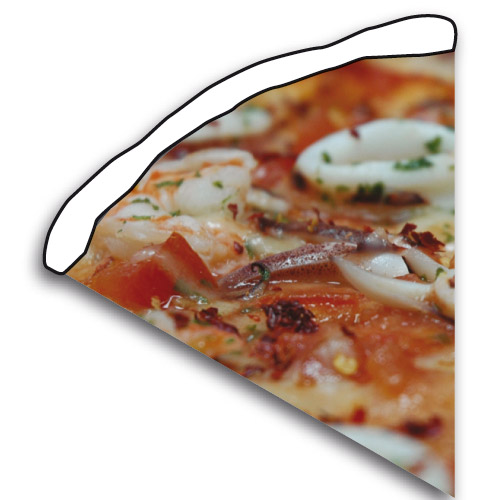 Sapori D’Italia (BEST SEAFOOD PIZZA)
Sapori D’Italia (BEST SEAFOOD PIZZA)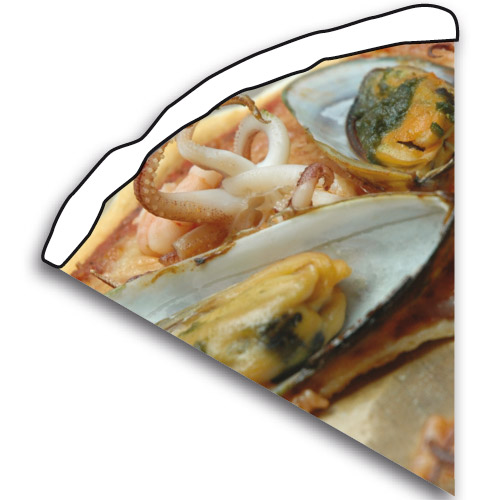 Papi
Papi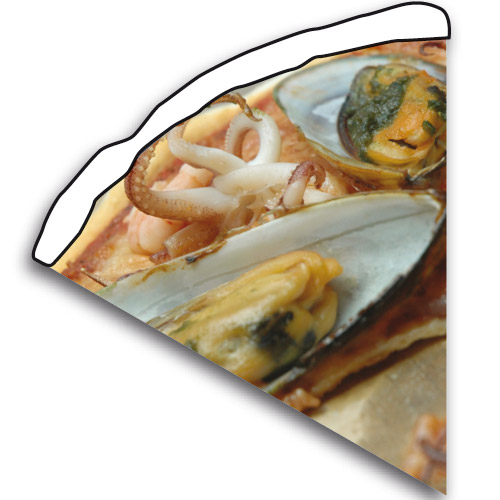 Ham and mushroom
Ham and mushroom









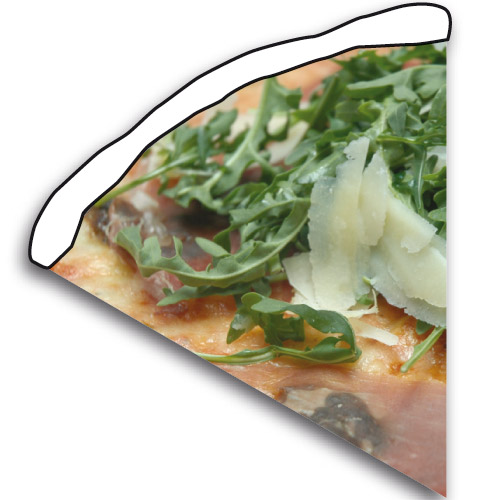
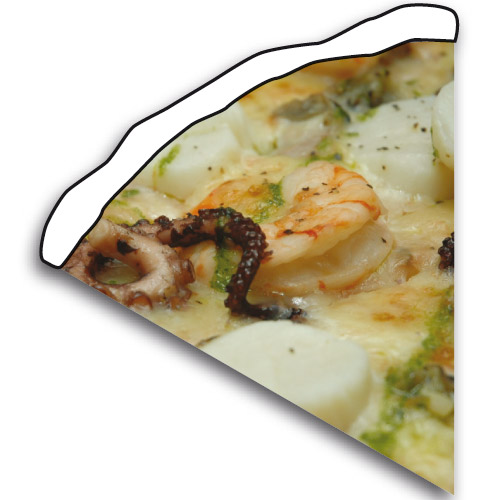
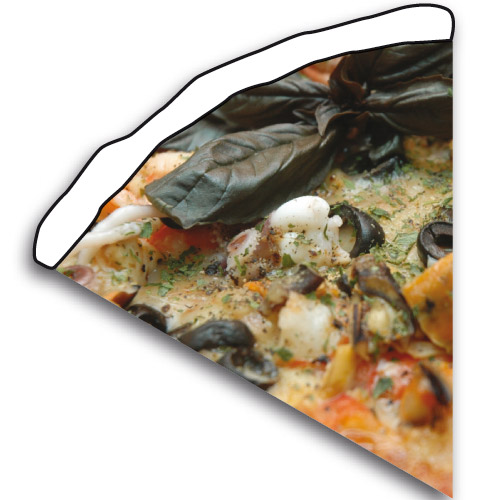










 The Test: Street food is our national pride and joy, so what better place to test out our treatment of foreigners than at the iconic Newton Food Centre? We sent our volunteers to Newton to order the same meal and see if there was a price and service difference. The pair were only seated about 20 meters away from each other, the items they ordered were roughly the same size, yet they received quite different bills.
The Test: Street food is our national pride and joy, so what better place to test out our treatment of foreigners than at the iconic Newton Food Centre? We sent our volunteers to Newton to order the same meal and see if there was a price and service difference. The pair were only seated about 20 meters away from each other, the items they ordered were roughly the same size, yet they received quite different bills.
 The Test: So we all know Singaporean service is not quite up to standard and we’re convinced it’s even worse if you’re a local. So to test the waters, our guinea pigs went to a number of establishments to find out just how service standards differ for foreigners and locals.
The Test: So we all know Singaporean service is not quite up to standard and we’re convinced it’s even worse if you’re a local. So to test the waters, our guinea pigs went to a number of establishments to find out just how service standards differ for foreigners and locals. Taxis—Throughout the experiment our volunteers took cabs from the same places at roughly the same times. Neither had a problem with flagging cabs from the side of the road or with taxi drivers taking them the wrong way.
Taxis—Throughout the experiment our volunteers took cabs from the same places at roughly the same times. Neither had a problem with flagging cabs from the side of the road or with taxi drivers taking them the wrong way. The Test: Time for the crucial test—can our boys really complain that the local talent pool is shrinking because of those darned expats? To help us suss out the theory that expat guys have more luck picking up local girls, we sent our two volunteers to two bars to try out their luck. In the first bar both the volunteers were equally unsuccessful. But in the second bar (one packed with locals and very few Caucasian foreigners), there was vast difference. Throughout the same night our expat was approached by between five to seven local girls, all quite good-looking, trying to strike up a conversation with him. One girl even dragged him across the bar to where her friend was standing and then asked if she could kiss him. Our local was not approached.
The Test: Time for the crucial test—can our boys really complain that the local talent pool is shrinking because of those darned expats? To help us suss out the theory that expat guys have more luck picking up local girls, we sent our two volunteers to two bars to try out their luck. In the first bar both the volunteers were equally unsuccessful. But in the second bar (one packed with locals and very few Caucasian foreigners), there was vast difference. Throughout the same night our expat was approached by between five to seven local girls, all quite good-looking, trying to strike up a conversation with him. One girl even dragged him across the bar to where her friend was standing and then asked if she could kiss him. Our local was not approached.